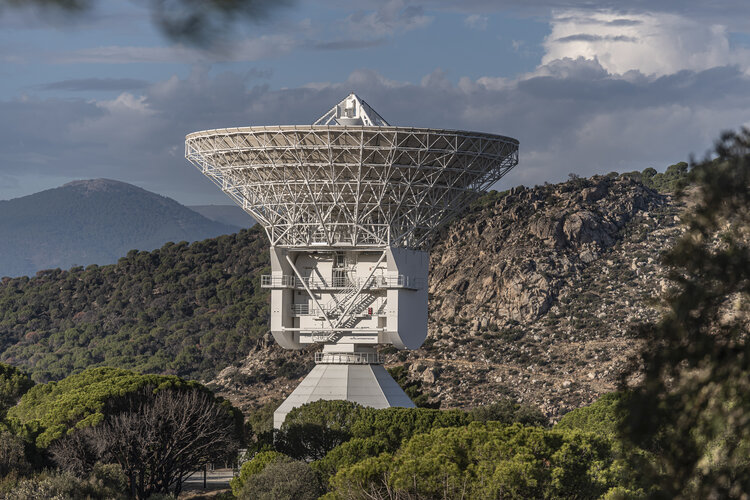Upgrading deep space antennas Cebreros and Malargüe

The first step was to make it possible to sustain a high data downlink rate of up to 75 megabits per second between Euclid and the Estrack ground stations to download all its data comfortably and efficiently within four hours.
If Euclid were to transmit data in the same way as ESA's Gaia mission, also orbiting at ‘L2’, it would hopelessly congest ground stations as it sends twice the amount of data.
To make it possible to beam so much data in such a short time, two of ESA’s 35 m antennas had to be upgraded in various ways. First, Euclid will be ESA’s first science mission at the second Lagrange point to use the higher frequency ‘K-band’ (26 GHz), which enables a higher data rate.
“Faster communication lines were installed between the control centre in Germany and the ground stations located in Spain and Argentina. And that’s just the start of the list," says Åge-Raymond Riise, Station Coordinator for Euclid.



